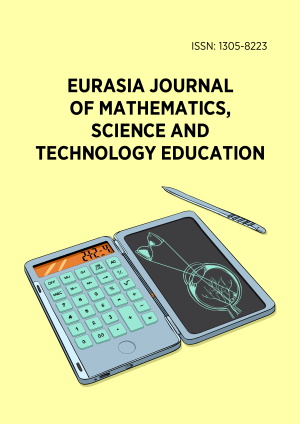Abstract
Understanding students’ alternative conceptions is important, as such conceptions can prevent them from making mathematical connections, thereby hindering their conceptual development. For this reason, this research aimed to identify the alternative conceptions that emerge when a group of pre-university students engage with derivative and integral tasks presented in algebraic, graphical and application problems contexts. Alternative conceptions were defined as conceptions inconsistent with those accepted by the mathematical community. Twenty-five students from a Mexican public institution participated. Data were collected through task-based interviews and analysed using thematic analysis. Nine alternative conceptions were identified. The most frequent included: the integral of the derivative of a polynomial function is obtained by finding the derivative and the integral separately and, the instantaneous velocity of an object is calculated using the formula v=d/t. These findings highlight the importance of explicitly addressing such conceptions in mathematics instruction to promote deeper conceptual learning.
License
This is an open access article distributed under the Creative Commons Attribution License which permits unrestricted use, distribution, and reproduction in any medium, provided the original work is properly cited.
Article Type: Research Article
EURASIA J Math Sci Tech Ed, Volume 21, Issue 8, August 2025, Article No: em2685
https://doi.org/10.29333/ejmste/16732
Publication date: 07 Aug 2025
Article Views: 1200
Article Downloads: 860
Open Access References How to cite this article
 Full Text (PDF)
Full Text (PDF)